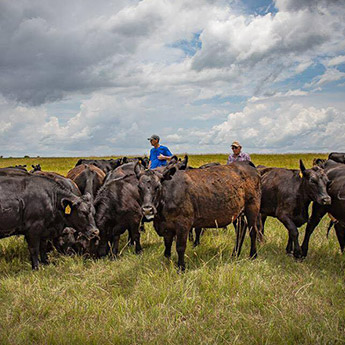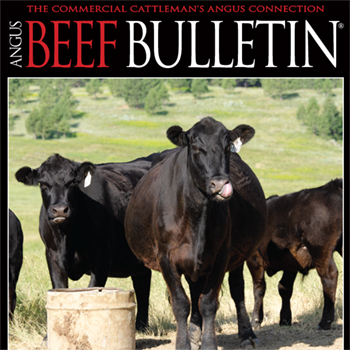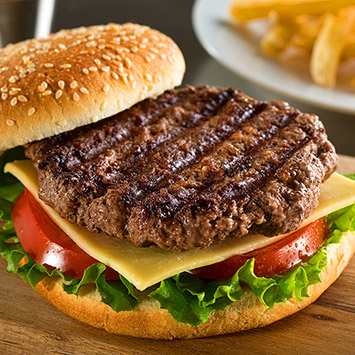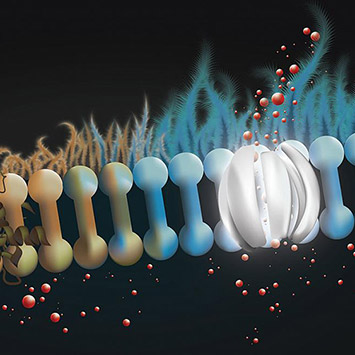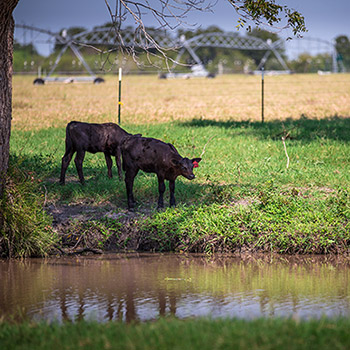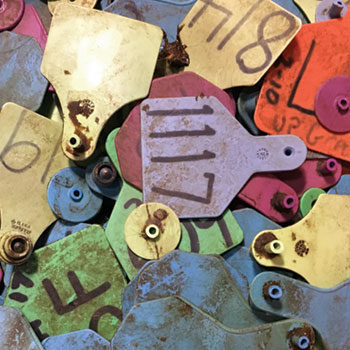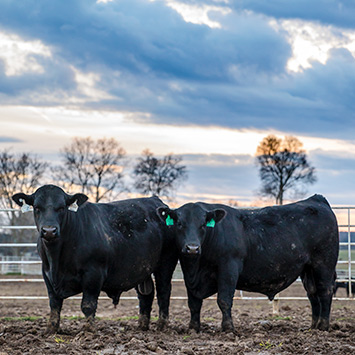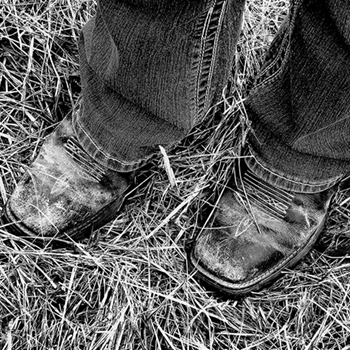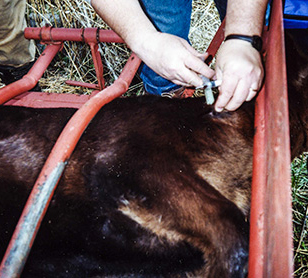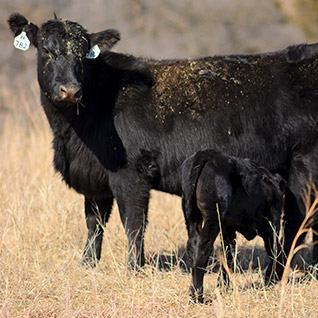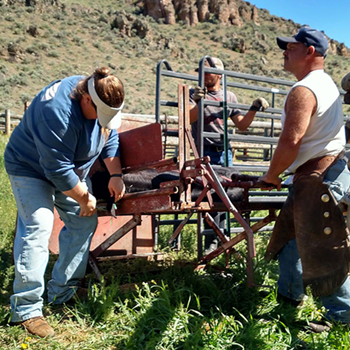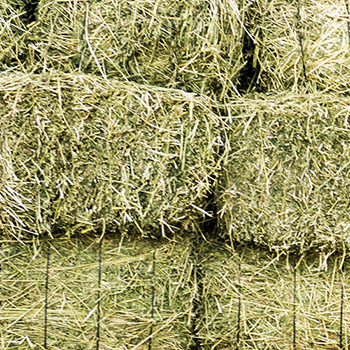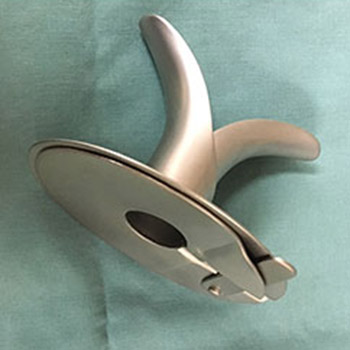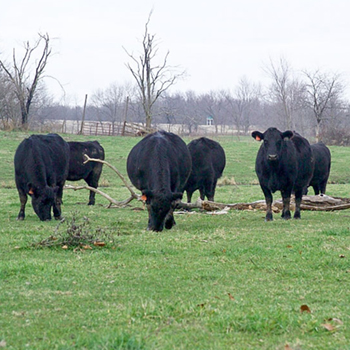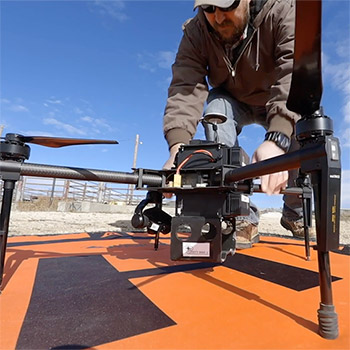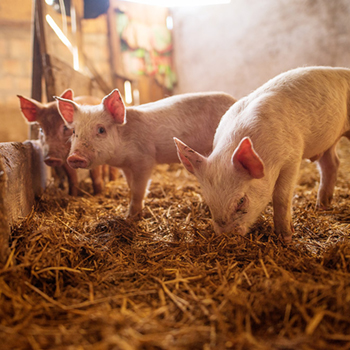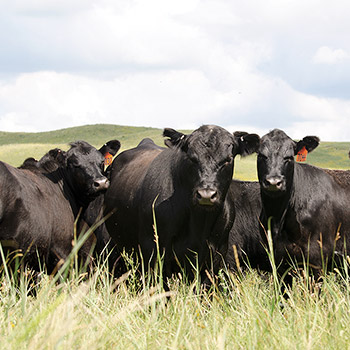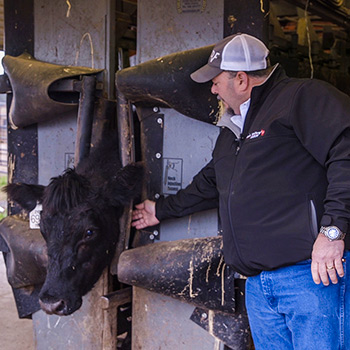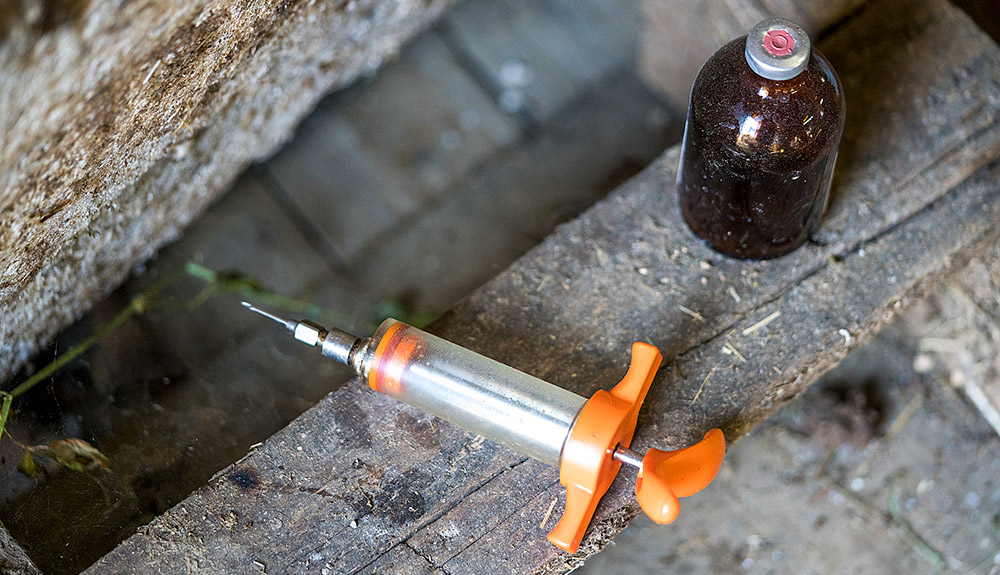
Autogenous Vaccines
Custom vaccines can help protect herds against specific environmental hazards.
by Troy Smith, field editor
Until you’ve tried it a few times, the word “autogenous” might not roll easily off the tongue. It’s not a word that cow folk use much. In medical lingo, it’s a word used to describe something generated or produced from within a body. When talking about an autogenous vaccine, a veterinarian is referring to a vaccine produced from specific pathogens present in a herd, to immunize that same herd against disease caused by those pathogens. In cowboy-speak, it’s a custom vaccine.
According to Newport Laboratories Technical Services Veterinarian Randy Shirbroun, cow-country vets are increasingly turning to Newport and other autogenous vaccine manufacturers for herd-specific products. Typically, it happens when a client experiences persistent disease problems in his or her herd, despite adherence to a health management program that includes immunization with commercial vaccines.
“Pinkeye is most common, but it could be a problem with calf scours or other diseases. There can be many varieties or strains of organisms that can cause disease, and there can be situations where problem bugs aren’t being addressed by vaccination with a commercial vaccine. With an autogenous vaccine, you have a product that’s specific to the bugs in your herd,” explains Shirbroun.
Commercial vaccines are tested for efficacy against strains of pathogens used in development of each product, but new or uncommon strains of bacteria or viruses can emerge within a herd or locality. When this occurs, an autonomous vaccine can provide a more targeted approach to immunization. Shirbroun says it requires a coordinated effort between producer client, the local herd veterinarian and a laboratory specializing in production of autogenous vaccines.
The veterinarian collects exudate, tissue or blood samples, which are sent to the laboratory along with documentation. Samples are cultured and isolated strains of microbes are cultured for identification of the offending organism(s). Vaccine developed from chosen isolates are attenuated to render the vaccine incapable of causing disease, but able to cause an immune response in a properly vaccinated animal. From the time the laboratory receives samples, production of an autogenous vaccine typically requires four to six weeks for bacterins, and eight to 10 weeks for viral vaccines.
Autogenous vaccines may also be developed for use against pathogens plaguing multiple herds within a certain locality. Veterinarian Russ Rice says he and his colleagues at Vet Care, Broken Bow, Neb., have procured pinkeye vaccine for use in multiple herds in their area, adding different strains of microbes in some years, while eliminating others. Additionally, they have helped clients obtain autogenous vaccines for immunization against calf enterotoxemia caused by clostridial bacteria.
Rice says autogenous vaccines are a welcome option for the practice. He thinks they do help in certain situations. The downside is there are no efficacy studies, like those applied to commercial vaccines, for autogenous vaccines.
“We monitor the herd after use and gather producer feedback,” says Rice. “If the client’s problems are relieved, we assume using the vaccine was worthwhile.”
However, Rice warns against becoming overconfident and thinking such products are a substitute for good husbandry, which should include adapting a production system to the environment and managing nutrition.
Editor’s note: Troy Smith is a cattleman and freelance writer from Sargent, Neb.
